Introduction
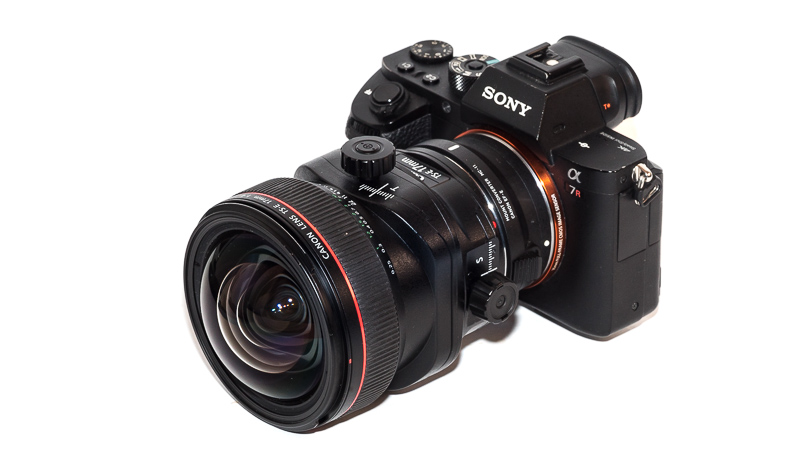
The Canon TS-E 17mm 4.0L is still the widest shift lens available ten years after it hit the market. We have seen many great ultra wide angle lenses for the shorter flange focal distances mirrorless cameras, so is there still a place in today’s mirrorless world for this lens?
Sample Images


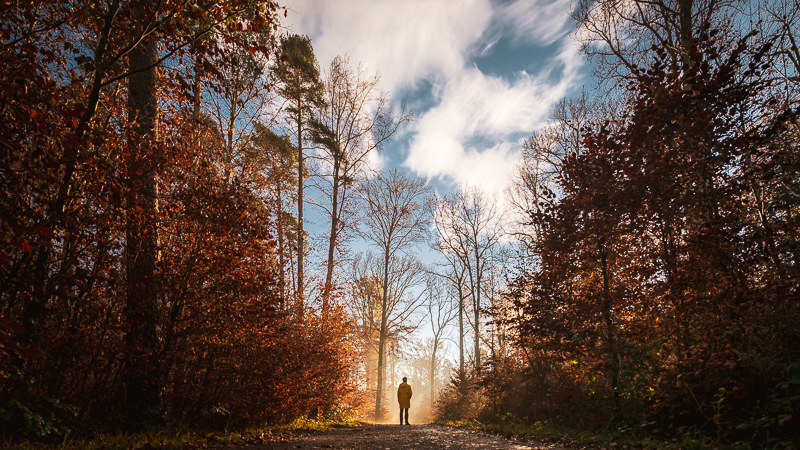


Most of the sample images in this review can be found in full resolution here.
Contents
Specifications / Version History
This lens was introduced in 2009 and is still the widest T/S lens available. Together with the Canon TS-E 24mm 3.5L II it was the first full frame T/S lens that can do any combination of Tilt and Shift without any modifications. It has the following specifications:
-
- Diameter: 87mm (without cap)
- Field of view: 104° (diagonally, unshifted)
- Length: 107 mm (+adapter, without caps)
- Weight: 830g (+adapter, without caps)
- Filter Diameter: –
- Number of Aperture Blades: 8 (slightly rounded)
- Elements/Groups: 18/12
- Close Focusing Distance: 0.25 m
- Maximum Magnification: 1:7.1 (measured)
- Mount: Canon EF
You may also have a look at the official page.
New this lens is still pretty expensive, you can buy it from amazon.com/amazon.de or B&H for $2150/2000€. I rather recommend getting a good used one, e.g. from ebay.com/ebay.de, they can be found starting at $1500/1400€ (affiliate links)
Handling / Build Quality
Regarding Tilt and Shift and what those can be used for best have a look at my article Working with Tilt/Shift lenses.
As said before this lens has two points of rotation so you can set any combination of tilt and shift, as you can also see in the following pictures:
The focus ring runs smooth and without slack but the resistance is a little lower compared to e.g. the Voigtlander E-mount lenses (this may be due to my sample being a used one).
The focus ring travels ~80° from the minimum focus distance (0.25m) to infinity. This is not a very long throw but taking into account the short focal length I never ran into any problems focusing precisely.
For shift you have a locking knob on one side and an adjustment knob on the opposite side. These can be adjusted if you think they are too loose or too tight. The shift part can be rotated by 180° and has 30° click stops. When you fully shift your lens in every direction and take a picture at all the settings with a click stop this is the panorama you will get (for portrait orientation I had to move the camera and then I did not go through all settings again, hence the greyed out parts and not perfect overlap):
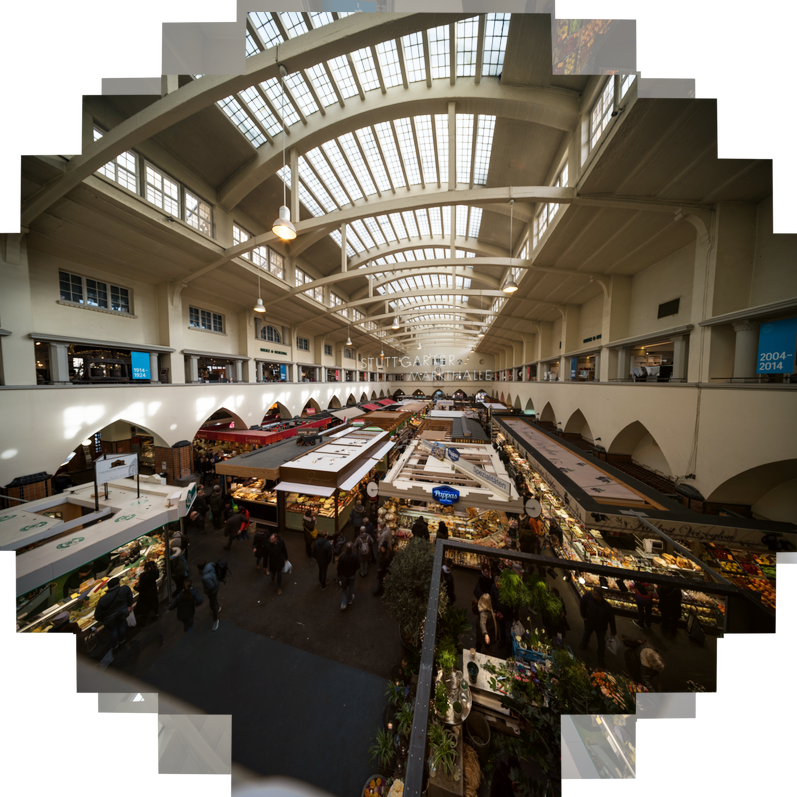
For tilt you have the same two knobs but an additional locking lever if you really want to make sure not to accidentally add some tilt to your images. The tilt part can be rotated by 90° and has one 45° click stop.
Compared to Canon’s older T/S lenses the size of the knobs has been increased. It is possible to operate them when wearing winter gloves, but it is still not super easy (on the latest T/S lenses Canon further increased the size of the knobs).
There is a whole lot of glass in this lens and therefore it feels very dense. It is made from a mix of metal and high quality polycabonate. The markings seem to be only printed, not engraved.
There is no official hood available for this lens.
As this lens is a very complex ultra wide angle design I recommend using the Sigma MC-11 adapter (affiliate link) to get the best performance out of it. The metabones adapters I tried were all too short and lead to worse corner resolution.
Vignetting

When using the the lens centered (unshifted) you are only using the central part of the lens, so vignetting should be less of an issue. Wide open there is vignetting of roughly 1.7 EV, stopped down to f/5.6 this improves to only 1.1 EV and stopped down to f/11 it is still around 0.8 EV. Compared to normal 17mm lenses this is probably best in class.

The results in the shifted area are of course very different. Wide open we are dealing with 3.3 EV in the most extreme corner. Stopped down to f/5.6 this improves to only 2.7 EV and stopped down to f/11 about 1.7 EV remain.
On the right side (which is in the actual center of the lens) you can also see very slight vignetting, it seems some internal parts are blocking the light a bit.
If you want to correct the uneven vignetting I can recommend using gradients in Lightroom.
Our method of determining the vignetting figures struggles a bit with lenses this wide (e.g. stopped down you can see wrinkles of the tissue).
Sharpness
infinity

Center and midframe are really great from the maximum aperture. The corners gain a lot from stopping down to f/11. And the extreme corners when fully shifted never reach reach the resolution figures of the rest of the frame. It is advisable to stop down to f/11 or even f/16 when fully shifted for best across frame sharpness.
Not many other reviewers state which extreme corner they are looking at (see the panorama in the handling section). I am looking at the one furthest away from the center (32.3 mm, so the lens would need a 64.6 mm image circle, normal lenses have 43 mm).
For a lens this complex and wide the thick cover glass on the Sony sensor might have a negative impact on image quality, especially in the corners, so it is possible that it performs even better on a Canon camera or a Kolari modded Sony camera.
close (0.25 m, 1:7.1)
100% crops from center, A7rII
With the minimum focus distance of just 0.25 m you can get really close to your subject (so close that you are shading the subject with your lens). In the center the performance is pretty good already wide open, but you can also see the influence of focus shift (especially when comparing the f/5.6 and f/8.0 crops), see corresponding section further down.
If you place your subject close to the unshifted borders the resolution is quite okay, but when you fully shift the lens and place your subject near that extended border region the resolution never reaches really good levels, not even on stopping down considerably.
I noticed this behaviour on similarly wide lenses like the Voigtlander 10mm 5.6 or Laowa 10-18mm 4.5-5.6. It seems to be quite the task (maybe an impossible one?) to correct lenses this wide for all distances at once.
Flare resistance

This lens has one of the most bulbous front elements you can find, therefore I expected really bad flare resistance. Whilst in some extreme situations you can catch serious ghosts (see below) it is actually not that bad, certainly comparable to lenses like the Nikon AF-S 14-24mm 2.8G or the Samyang 14mm 2.8 MF.

Coma
Coma correction in the unshifted extreme corner is quite good already wide open but improves noticeably on stopping down to f/5.6 or further.
The extreme corners when fully shifted are another story, coma does not go away completely even when stopping down to f/11. But remember we are actually looking at the extreme corner equivalent to that of a 10.2mm lens, the two 10mm lenses I know look even worse.
Distortion
With T/S lenses distortion is pretty hard to correct, but luckily the distortion is really low here, even in the shifted areas. But mind you, it is not zero, so in critical cases you might have to use the warp function in Photoshop to fully correct it.
Bokeh

A maximum aperture of f/4 at 17mm doesn’t sound too exciting when it comes to bokeh, but as you can focus pretty close (0.25m) with smaller objects you can certainly create some pleasing background blur.
Furthermore you can use the tilt function to get some bokeh in your shots. On the left hand side of the sample below you can see the background bokeh which is reasonably smooth. On the right hand side you can see the foreground bokeh, which is not all that great. More on this topic in my Working with Tilt/Shift lenses article.

Sunstars
Canon is using 9 rounded aperture blades for most of their recent lenses. This one is still using 8, which was the standard for non tele Canon L lenses for a few decades. For sunstars this is good news, they are well defined between f/11 and f/16. If you want to know more about sunstar rendering of different lenses have a look at this article.
100% crops from center, A7rII
Chromatic aberration
lateral
100% crops from 12mm shifted extreme border, A7rII, f/8
The Canon TS-E 17mm 4.0L has very little lateral CA for a lens this wide. Lightroom is doing a pretty good job at removing the rest of it with the auto correction.
longitudinal
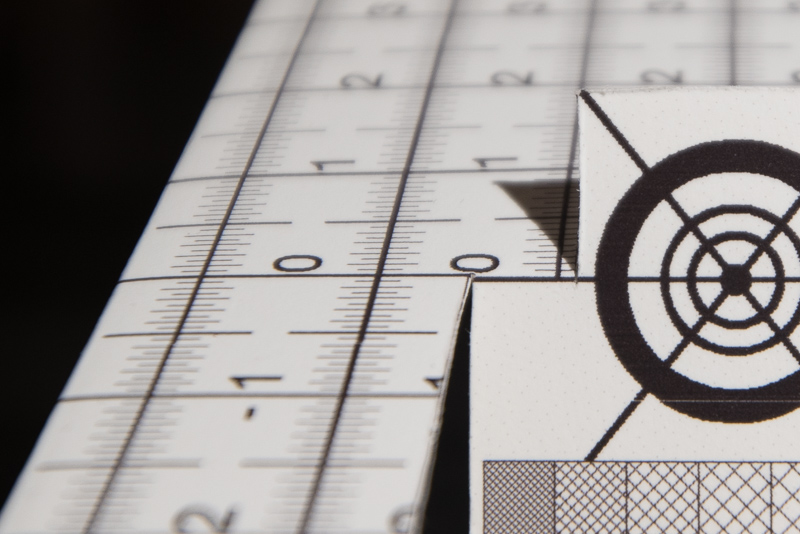
In close up scenarios there are no longitudinal CA visible.
And also purple fringing is completely absent:

Focus shift
50% crops, A7rII
When stopping down the plane of optimal focus shifts to the back when working near the minimum focus distance. Stopped down focusing is not an easy task because of the electronic diaphragm (I got word you can set the newer metabons adapters to offer working aperture with these TS-E lenses).
This lens is optimized for infinity shooting (where I did not manage to find a noticeable amount of focus shift) and I doubt many people will buy this lens to use it near the minimum focus distance, so I don’t think this is a big deal, but should nevertheless be noted.
Use with teleconverters
While not officially supported you can mount Canon’s 1.4x and 2.0x teleconverters turning this lens into a 24mm f/5.6 or 35mm f/8.0 lens. I am not sure how useful this is on the high resolution bodies we have now though.
Alternatives
Laowa 17mm 4.0 (Laowa 12mm 2.8 Zero-D on Magic Shift Converter):
This does not tilt and only offers 10mm shift instead of the 12mm of the Canon lens reviewed here. It is slightly worse optically but you have the benefit of being able to use it as a 12mm 2.8 for e.g. astrophotography. In terms of weight it is quite comparable.
Voigtländer 10mm 5.6 Hyper Wide Heliar E:
This is even slightly wider than a stitched pano taken with this T/S lens, but it is optically worse in terms of resolution, vignetting and CA. Flare resistance is slightly better though and it is significantly more compact.
Laowa 10-18mm 4.5-5.6:
At the 10mm setting this is even slightly wider than the aforementioned Voigtlander. It is worse in terms of resolution, contrast, vignetting, flare resistance and CA, but it is quite versatile and very compact.
Irix 11mm 4.0:
I have no personal experience with this one. From what I have seen so far the flare resistance of these wide Irix lenses is so bad that I am not interested in trying these.
Canon EF 11-24mm 4.0L
I have no personal experience with this one. Very expensive brick of a lens.
Nikon PC-E 19mm 4.0E ED:
Nikon’s very late answer to Canon’s TS-E 17mm 4.0 and maybe the widest PC-E lens one can make for the narrow F-mount.
I haven’t tried it yet, but it is less wide and bloody expensive (3500$, add another 500$ for an electronical adapter to control the aperture).
Conclusion
good
|
average
|
not good
|
This lens has primarily been designed for architecture and landscape photography at longer distances and unshifted it does a good job at delivering crisp images on the 42mp sensor. Field curvature (which is present on the Laowa 17mm 4.0) is pretty much a non issue as well.
You really need to look at the corners when fully shifted to see it struggle on today’s high resolution sensors, here stopping down to f/11 is advisable for best performance.
But fully shifted we are talking about the field of view equivalent to that of a 10.2mm lens and the TS-E 17mm 4.0L still looks noticeably better than the two 10mm lenses that I tried.
Flare resistance can be an issue, but is still in line with other lenses that have a bulbous front element (here the Nikon PC-E 19mm 4.0E might fare better, being 10 years younger and featuring nano coating).
This is not a lens for beginners though. It is a very complex optical instrument which allows you to do things no other lens can do, but there is a (sometimes steep) learning curve before you are able to make fully use of it.
While I took a few of the samples here handheld, most were taken from a tripod, which is advisable if you want to set precise tilt or shift settings (or take a shift panorama). Further taking into account the size and weight that comes with it, this is a lens you will only bring when you know you need it.
Considering the complexity and uniqueness of this lens, I think this is one of the few lenses where the (used) price you have to pay for it is lower than its actual value. For mine I paid about 1300€. Whilst this is obviously not cheap, I consider this pretty good value. Especially compared to Nikon’s less wide PC-E 19mm 4.0, which will set you back 3500€/$3400 (new, not yet available used).
When you need it and you know how to use it this lens is a pure joy for architecture and landscape photography.
In architecture photography I rarely want the horizon in the center, so with normal lenses I almlost always have to tilt the image in post.
With this lens it is simply a more natural process, as you can set the final framing on scene and don’t have to guess what parts of the frame will get lost and how the perspective will change when tiling in post.
New this lens is still pretty expensive, you can buy it from amazon.com/amazon.de or B&H for $2150/2000€. I rather recommend getting a good used one, e.g. from ebay.com/ebay.de, they can be found starting at $1500/1400€ (affiliate links)
Sample Images
Shift

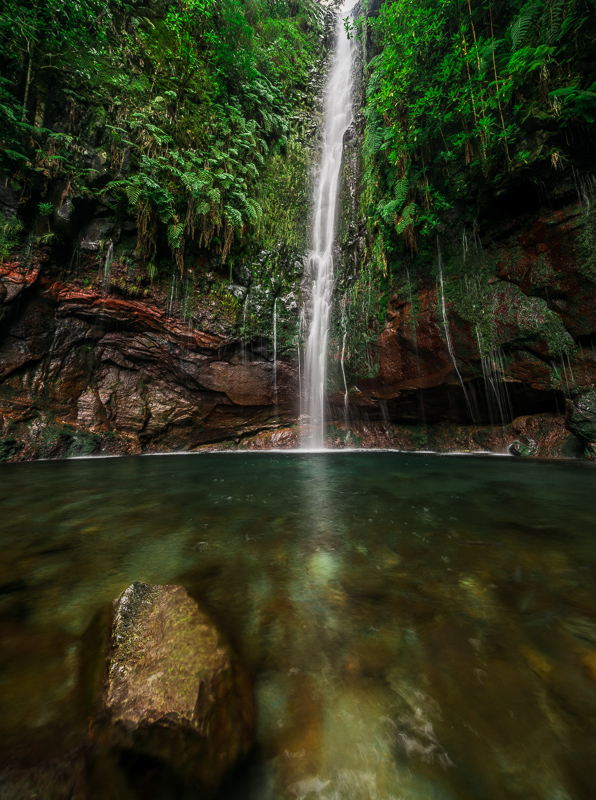




Tilt




Most of the sample images in this review can be found in full resolution here.
Further Reading
- Sony FE lenses: Our comprehensive and independent guide
- Tripods for mirrorless cameras
- Review: Sony FE 85mm 1.4 GM
- Review: Sony FE 24mm 1.4 GM
Support Us
Did you find this article useful or just liked reading it? Treat us to a coffee!
![]()
![]()
![]() via Paypal
via Paypal
This site contains affiliate links. If you make a purchase using any of the links marked as affiliate links, I may receive a small commission at no additional cost to you. This helps support the creation of future content.
Latest posts by BastianK (see all)
- Review: Canon EF 50mm 1.0 L USM – Still the world’s fastest AF lens - December 30, 2025
- Review: Nikon Nikkor 105mm 1.8 Ai-s - December 28, 2025
- 2025 – Year in Review - December 23, 2025



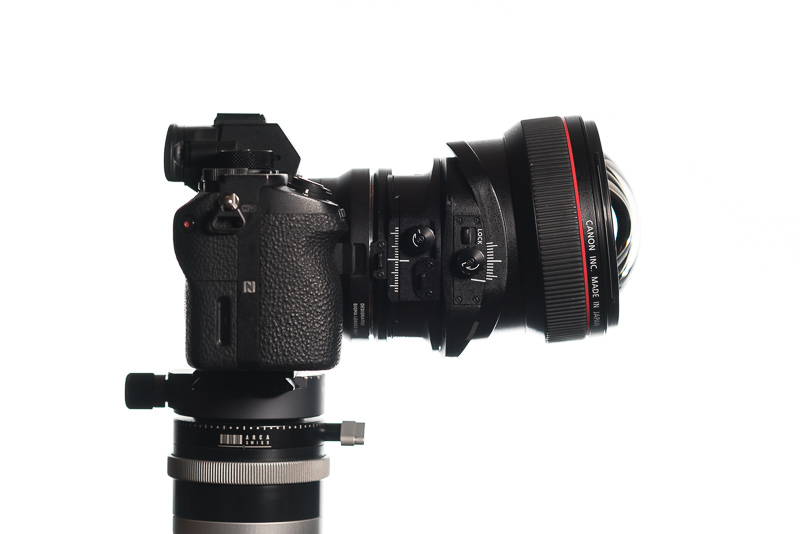


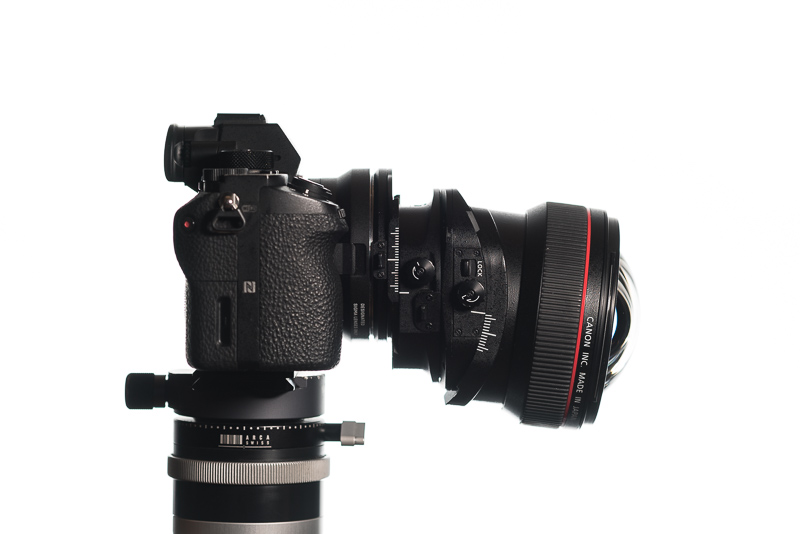








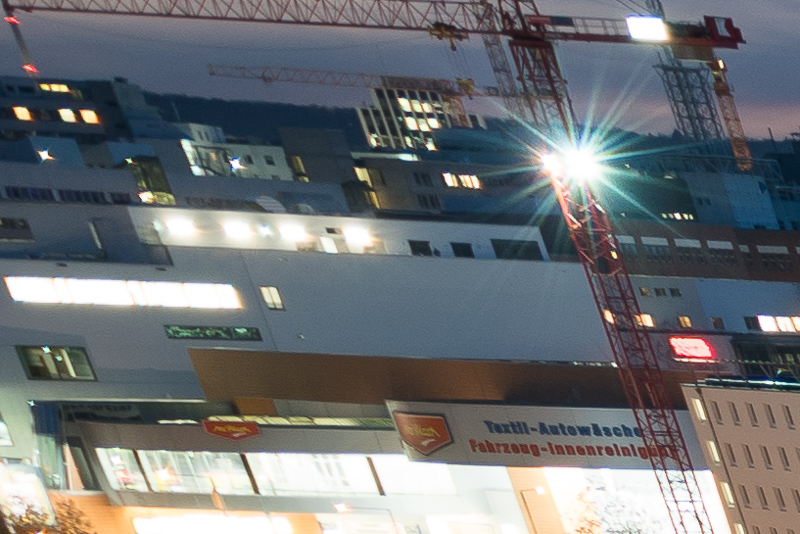










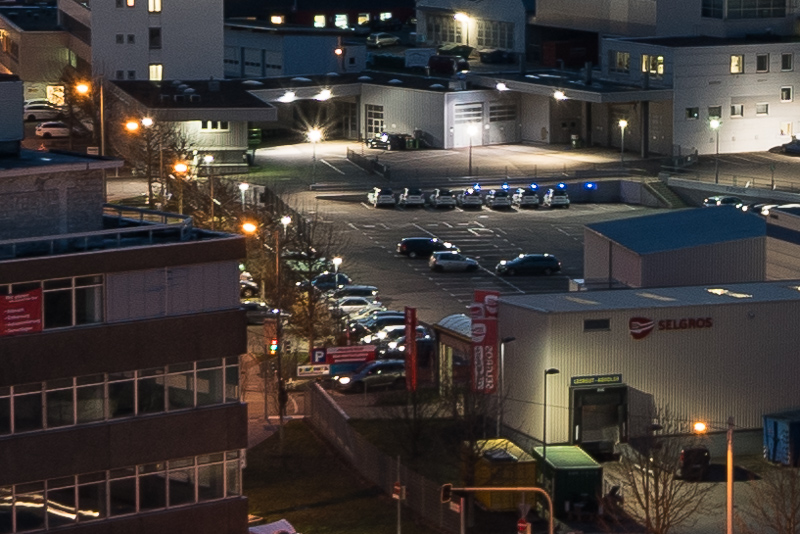








Great review, always glad to see you guys get your hands on exotic lenses.
I’m curious, is this really significantly sharper than what you can achieve by tilting in post processing? I’d be curious to see a direct shot comparison.
This depends a lot on what lens you compare it to and how willing you are to take big panoramas with other, less wide lenses.
Might be interesting to compare it to the FE 12-24mm 4.0 which is probably the highest resolving 12mm lens, but I have no access to that one.
I have had the canon 17 mm and used it on Sony cameras 24 and 42 mp. I have know replaced it with the FE12-24. Sometimes it it is better with the Canon and sometimes it is better with the FE12-24mm. It all depends on the motif and varies due to what I believe is how the algorithm in Photoshop works. Buildings work very very good with the Sony in post processing, however in e.g. pine forest with extreme detail level I find the Canon a bit better. If You postprocess, the picture needs to be photographed at 100 or even better 50 iso because of detail recorded in the raw file. With the Canon You can get very good results with higher iso since there are no post processing. The Canon 17 mm TS-E can also be used controlling the depth of sharpness as described in the very good article from Bastian. That is impossible with a normal lens. However the best choice for tilt and shift is my old Sinar 9X12…
The reason why I sold the Canon is simply because it is very difficult to handle in very cold temperatures like -20…
has anyone tried it on a Canon R rather than a DSLR?
Hi, I recently bought an R5 + a TS-E 24 + EF-RF adapter. Works like a charm 😊
Thank you for this review. I bought the lens recently, and my experience is similar. It is an amazing lens, but a complex one. I am more comfortable using the TS-E 24mm, but perhaps because in the past I used the Nikkor PC-E24mm, which I never managed to use on my Sony A7R III. The Commlite adapter which I purchased doesn’t allow to set aperture.
On the other hand, the A7R III + MC-11 + TS-E works great. In some lighting conditions, the metering system of the Sony will make odd measurements when the lens is shifted. This is also true if used natively on a Canon body, but at least on the EVF of the Sony you realise something is wrong. My workaround (I use mostly A mode) is to check the metering without shift, then switch to fully manual and input the same values.
Overall, well worth the purchase if you are into landscapes and especially cityscapes.
I set the AEL button to AEL-toggle, so I press it once while unshifted and the camera will keep these settings even for consecutive shots (e.g. panorama).
Excellent review as usual.
I have the TS-E 17mm since 2010 and although I now have a Sony A7R2 I still use this lens only on my Canon 5DsR because the quality loss at the frame edges/corners due to my Metobones IV adapter is too strong. On the other hand I do agree with your suspect that the difference in filter stack thickness between Canon and Sony may also play a major role: if I watch your infinity sharpness tests, the loss at the corners you show here doesn’t match my experience with the 5DsR; there is some for sure, but not that much, a f/11 and f/16. I would do a comparison test of the 17mm on Canon vs Sony+”perfect adapter”, but I only have the Metabones.
What do you think of the Kipon AF-adapter Canon EF to Sony E (with full electronic contacts for iris control)? I don’t care about AF performance, but Kipon has a good reputation for precise flange length…
I have no experience with the Kipon adapters.
I would wonder where the electronics come from though, I think chances are high they are the same as Commlite, which are pretty bad.
That wouldn’t be much of a problem to me, as long as the iris works properly (which I would expect), because I’d not be using the Kipon for any AF lens.
But a very precise flange distance is of paramount importance with wide-angle lenses: the wider, the tougher…
A nice lens and remarkable shots with it.
Thx for this article.
Regards Bernhard
I like your sharpness evaluation images, where the same subject is used in center as well as corner shots. This illustrates very clearly why it is so difficult to keep the sharpness perfect all the way to corners: rectilinear optics actually stretches the image at corners so that the actual resolving power should be much higher there than in the center to keep the same apparent sharpness. The wider the lens, the stronger the effect.
Yes, tha makes it also harder to evaluate the sharpness in the corner regions.
I may redo the test though, in the meantime I noticed another corner is giving slightly better results.
Because of all the moving parts I doubt that any of the TS-E lenses is perfectly centered, especially after some time of usage.
The photo taken upwards in the middle of the stone building is stunning. That would make a great print.
Thank you!
I would also like to have the waterfall as a big print, just wondering where to put it…
Thank you for this review.
I find your results agree with my experience with this lens.
I have used the TS-E since 2010 on my Canons. I now use the Canon 11-24 almost exclusively.It is startlingly sharp. More so than the 17TS-E.
At the bitter edges it does show some softness but when we are talking 11mm it is academic.
I feel I want to sell the 17 but sometimes a properly shifted 50M 5DsR file seem just right.
Hi,
I have the 11-24mm and a Samyang 24 ts-e. Do you think it’s worth buying the 17mm ts-e?
If you don’t need the tilt function and you are happy with the 11-24mm at 11mm and you have enough pixels left after cropping and tilting in post to straighten the horizon no need to get the TS-E 17.
You might want to see if a crop from the 11-24 at 14mm is better than the Samyang 24mm TS. In my case it was and I think that Samyang is a rather useless lens due to its bad quality in the shifted areas.
The pictures I am getting from my tilt shift lenses and Canon 5Ds are better than 4×5 film. The 17 is the best of the bunch but I like my 35mm TS too. I have had problems with light sources blazing into lens flares on the 17mm. So I started shooting with the lens hood and polarizer from fotodiox. It’s expensive for a hood and filter at 145mm but it solves a major problem. You can see my last photoshoot with this setup at: http://www.mediafire.com/folder/0zrcr61xapqzc/Large_files_5000_pixel
Thanks for sharing. I may have a closer look at that hood, so far I am using my hand for shading.
I think Laowa 12/2.8 + Laowa magic shift adapter work better than Sony or Canon.
Strange that there is no review here ?!
There is.
And no, I don’t think it does.
Hi Bastian,
Unrelated to tilt/shift, can you tell me what tripod head is this?
https://phillipreeve.net/blog/wp-content/uploads/2019/01/canon_ts_e_17mm_4.0_l_no_shift.jpg
I looked like I could use this head with a techart pro adapter. A problem I am trying to solve.
It is an Arca Swiss P0 head with Novoflex Q=Mount Arca Swiss clamp.
The build quality of this lens is stellar. All metal body. After 11 years in my hands and lots of outdoor usage, I can assure you. I have even dropped it.
Resistance to flare is one of the best I have encountered in a wide angle lens. Better than the Zeiss 21mm ZE, for example.
These hard facts for me (I have this lens since 2009), will cast a doubt on the other statements you make on your reviews.
Did you even read the review?
Flare resistance is rated “average” not even bad.
Maybe compare it to modern lenes like the Zeiss Loxia 21mm 2.8 or some of the recent Voigtlander (Ultra)Wideangle lenses which are clearly better.
I’m wondering if this 17 TS-E is effective & usable on my Canon 90D with the crop = about 26.5mm
or would it be better to stich architecture shots?
On APS-C a Sigma 8-16mm is probably the more sensible choice.